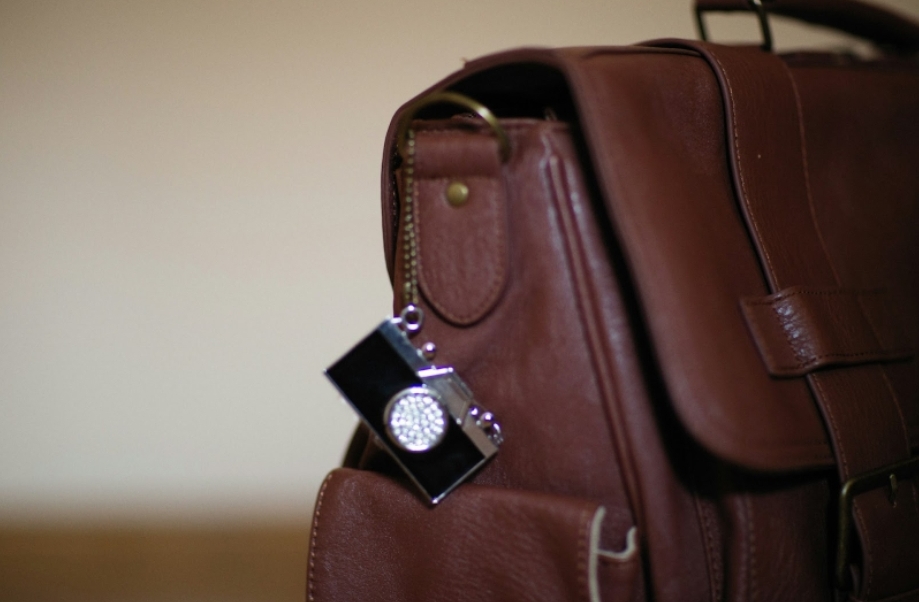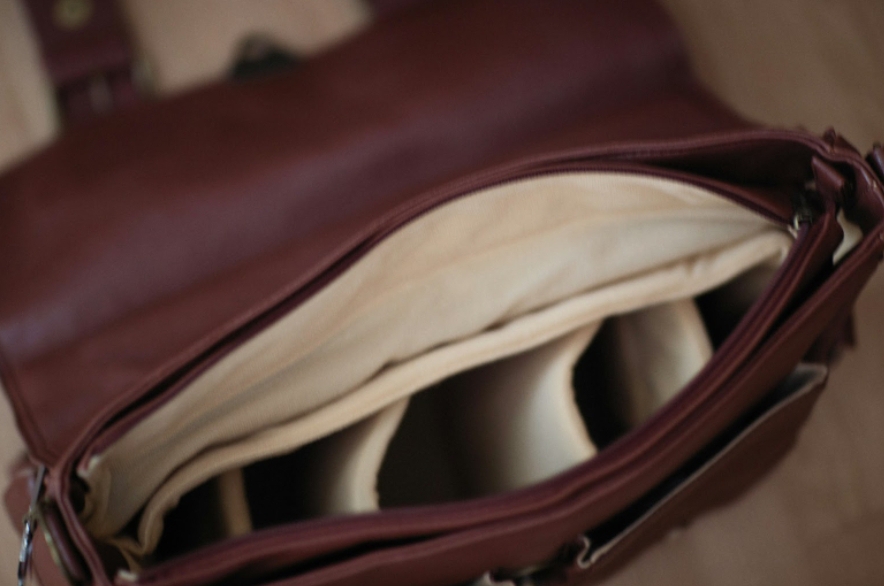Traveling with designer bags can transform any trip into a stylish adventure, but airports and hotels present unique challenges that threaten these precious investments. Furthermore, the bustling environment of travel hubs and the unpredictable conditions of hotel accommodations require strategic planning to keep luxury accessories looking pristine. Therefore, understanding the specific risks and implementing protective measures ensures your designer bags survive every journey intact.
The key to successful designer bag travel lies in preparation and awareness. Moreover, knowing what to expect at each stage of your journey allows you to take proactive steps that prevent damage before it occurs. Good news for you, our friend Jamal from 5asec, a luxury bag cleaning company in Dubai, shared some valuable tips and strategies to take care of your bags while travelling.
Airport Protection Strategies
Airports are notoriously challenging environments for delicate accessories. Additionally, the combination of crowds, rough handling, and time pressure creates numerous opportunities for damage. Therefore, implementing protective measures at every stage of airport navigation becomes essential for preserving your investment.
Security Checkpoint Essentials
Security checkpoints pose the first major challenge for designer bag protection. First, preparation before reaching the screening area significantly reduces risks and stress levels. Therefore, always empty all pockets completely, removing every item from coins to lip balm. This thorough emptying prevents security agents from handling your bag excessively during inspection.

Moreover, metal hardware on designer bags often triggers additional screening. Consequently, familiarizing yourself with your bag’s metal components helps you anticipate potential delays. Additionally, consider these protective strategies:
- Bring a clean towel or cloth to place under your bag in the security bins.
- Keep bags separate from shoes and other potentially dirty items.
- Request a private screening if your bag requires extensive handling.
- Pack valuable items in easily accessible pockets for quick removal.
Furthermore, maintaining patience and politeness with security personnel often results in gentler handling of your belongings.
Carry-On Best Practices
Never check designer bags in your luggage, as baggage handlers are not known for delicate treatment. Instead, keeping these valuable items as carry-on luggage maintains your control over their safety. However, overhead compartments present their own challenges that require specific strategies.
Consequently, proper overhead storage technique becomes crucial:
- Stuff bags with soft items like scarves or clothing to maintain shape under pressure.
- Place bags soft-side down to prevent hardware scratching against compartment walls.
- Use clothing as protective padding around structured bags.
- Avoid overpacking compartments that might crush your bag.
Additionally, boarding early when possible gives you better compartment space options and reduces the risk of other passengers handling your belongings roughly.
Gate Area and Boarding Safety
Airport waiting areas and boarding processes create numerous opportunities for contamination and damage. Therefore, maintaining vigilance during these periods protects your investment from unnecessary exposure to harmful elements.
Gate area protection strategies include:
- Bring a large scarf or lightweight blanket to place on seating before setting bags down.
- Keeping bags on your lap or in adjacent chairs rather than on the floor.
- Staying alert during boarding to prevent snags on armrests or bumps from other luggage.
- Choosing seating away from high-traffic areas when possible.
Moreover, the narrow confines of jet bridges and airplane aisles increase collision risks significantly. Consequently, carrying your bag carefully through these spaces and being aware of other passengers’ movements prevents accidental damage.
Hotel Room Protection
Hotels present entirely different challenges compared to airports. Furthermore, while hotels appear cleaner than airports, they often harbor hidden dangers that can permanently damage designer bags. Therefore, establishing protective routines immediately upon check-in—just as you would carefully store valuables like a men leather wallet—prevents costly mistakes throughout your stay.
Room Inspection and Setup
Upon arrival, conducting a thorough room assessment guides your storage decisions for the entire visit. Additionally, this initial evaluation helps you identify potential hazards before they cause damage.
Essential inspection steps include:
- Checking chairs, beds, and surfaces for obvious stains or spills.
- Examine bathroom counters for cleaning chemical residue.
- Identifying the cleanest areas for bag storage.
- Testing fabric surfaces for color transfer potential.
Subsequently, designating specific zones for bag placement creates a protective routine that becomes second nature throughout your stay.
Safe Storage Solutions and Habits
Proper storage prevents most hotel-related damage incidents. Moreover, establishing consistent habits reduces the likelihood of accidentally placing bags in harmful locations during tired moments or rushed departures.
Effective storage strategies include:
- Using top closet shelves for overnight storage, as these areas typically receive the least contamination.
- Placing clean towels under bags on all surfaces, creating barriers against chemicals and stains.
- Avoiding hotel floors completely, regardless of apparent cleanliness.
- Never trust upholstered furniture without a protective covering.

Furthermore, bathroom counters often harbor cleaning chemicals and water spots that can permanently damage leather or fabric. Therefore, always place a clean towel down before setting bags on any bathroom surface, no matter how briefly.
Smart Packing and Material Protection
Effective packing techniques prevent damage before it occurs and make traveling with luxury bags significantly less stressful. Additionally, proper preparation serves multiple protective purposes throughout your entire journey.
Professional Packing Methods
Investment in quality protective materials pays dividends in bag preservation:
- Use original dust bags or clean cotton pillowcases for each bag.
- Stuff structured bags with acid-free tissue paper or clean bubble wrap to maintain shape.
- Wrap each bag separately to prevent hardware scratching.
- Pack bags last in your luggage, surrounded by soft clothing items.
Moreover, these protective materials serve ongoing purposes during your trip, providing clean surfaces and protective barriers in various situations.
Weather and Environmental Considerations
Different climates and weather conditions require specific adaptations to maintain bag integrity. Furthermore, sudden environmental changes pose particular risks to certain materials.
Climate protection includes:
- Packing silica gel packets for humid destinations to prevent mold and mildew.
- Carrying compact umbrellas and waterproof covers for unexpected weather.
- Allowing gradual temperature adjustment when moving between extreme environments.
- Immediately drying any moisture with clean, absorbent cloths.
Consequently, anticipating weather challenges and preparing appropriate responses protects your investment regardless of destination conditions.
With proper planning and consistent protective habits, traveling with designer bags becomes an enjoyable extension of your style rather than a source of constant worry.






